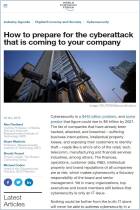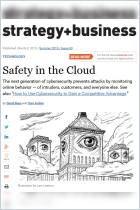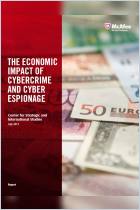
Casting the Dark Web in a New Light
By examining cybercrime through a value-chain lens, we can better understand how the ecosystem works and find new strategies for combating it.
Read offline
Recommendation
The financial costs of cyber crime are set to reach $6 trillion by 2021, and executives are increasingly struggling to protect their businesses. Cyber criminals prosper partly because they’ve built a sophisticated supply chain on the dark web, whereby they provide every service necessary to launch – and profit from – an attack. Researchers at the Cybersecurity at MIT Sloan (CAMS) consortium analyzed dark web markets and interviewed cybersecurity experts to build a comprehensive portrait of the online cyber crime ecosystem. In a white paper for the MIT Sloan Management Review, the authors describe the marketplaces where hackers and attackers come together. The paper also offers much-needed fresh strategies for combating the threat.
Summary
About the Authors
Keman Huang is a research scientist at Cybersecurity at MIT Sloan (CAMS). Michael Siegel is a principal research scientist at the MIT Sloan School of Management and co-director of CAMS. Keri Pearlson is the executive director of CAMS. Stuart Madnick is the John Norris Maguire Professor of Information Technology in the MIT Sloan School of Management, professor of engineering systems in the MIT School of Engineering and co-director of CAMS.

















Comment on this summary or Начать обсуждение